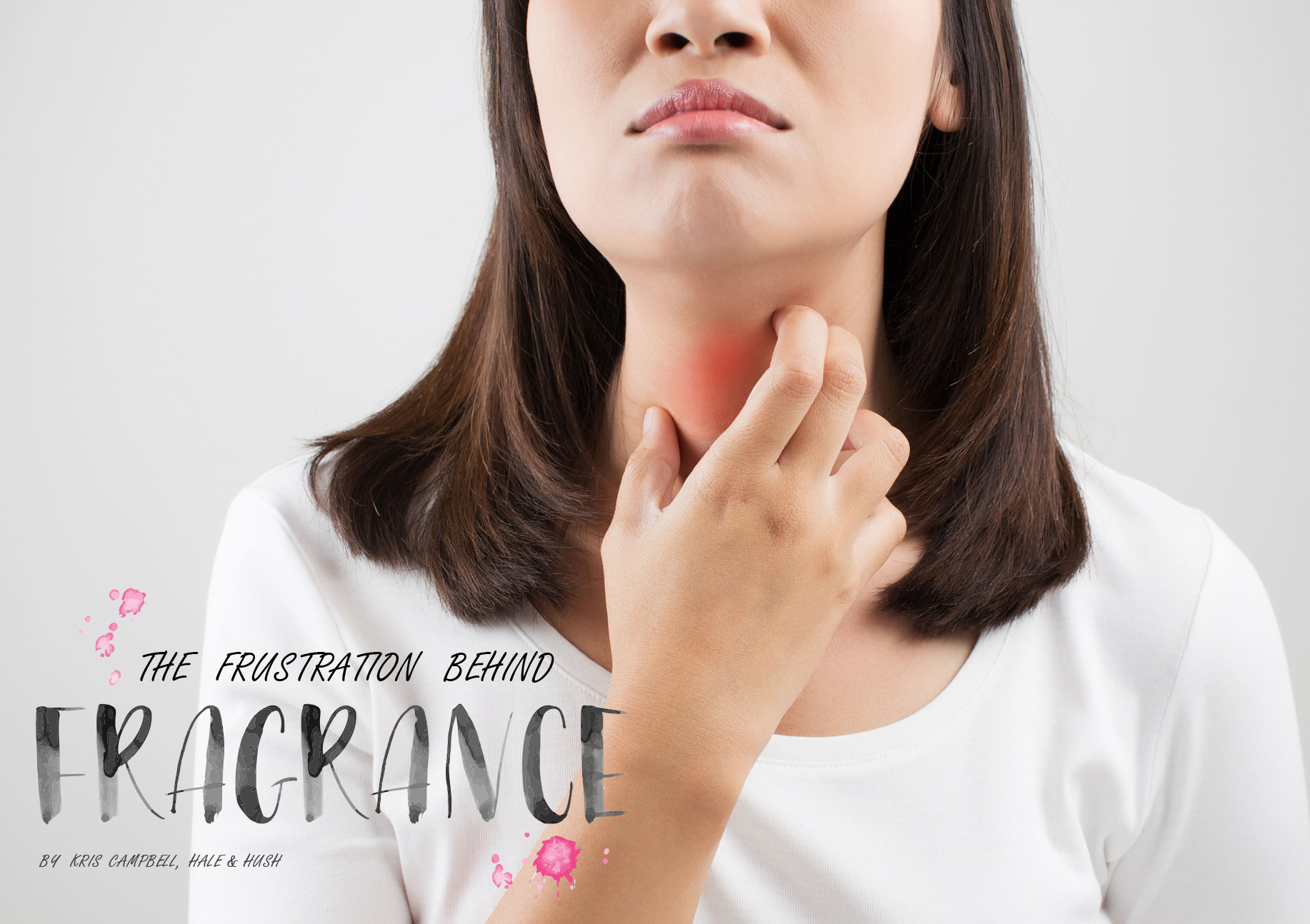
As one of our main senses, smell is a key part of how we react to situations and others in our everyday life. We look to re-create a happy memory or positive feeling with a certain fragrance. Fragrance is in laundry, cleaning products and personal care products as well as being pumped through vents at our favorite stores. Considering that 2-11% of the population is affected by fragrance allergy, the professional skin care industry needs to know more about fragrance allergens. The International Academy of Dermatology has listed fragrance at number four in its Top 10 Allergens. Understanding fragrance labeling, common fragrance allergens, signs of fragrance allergy and the interaction between sensitive skin conditions and fragrance will help skin care professionals recommend the right products for sensitive clients.
FRAGRANCE ON A LABEL
Fragrance ingredients in cosmetics are the most common cause of contact dermatitis; they represent 30-45% of allergic reactions. The International Nomenclature of Cosmetic Ingredients (INCI) name for a fragrance in a product is Fragrance (parfum). A fragrance may contain anywhere from one to more than 400 individual components that are specific chemical entities.2 When you see Fragrance (parfum) on an ingredient label, it could be either a completely natural fragrance or synthetic fragrance. Some U.S. manufacturers list the fragrance in their products, while others do not. Detailing fragrance components is not required by U.S. product manufacturers at this time, but it is required by manufacturers in the European Union (EU)… Access Full PDF Article Here.
THE FRUSTRATION BEHIND FRAGRANCE
by Kris Campbell, Founder & Managing Director, Hale & Hush
As seen in Skin, Inc. Magazine – August 2016
Sensitive skin care redefined by industry experts who have made it their #1 goal to supply the market with the highest quality sensitive skin care products.